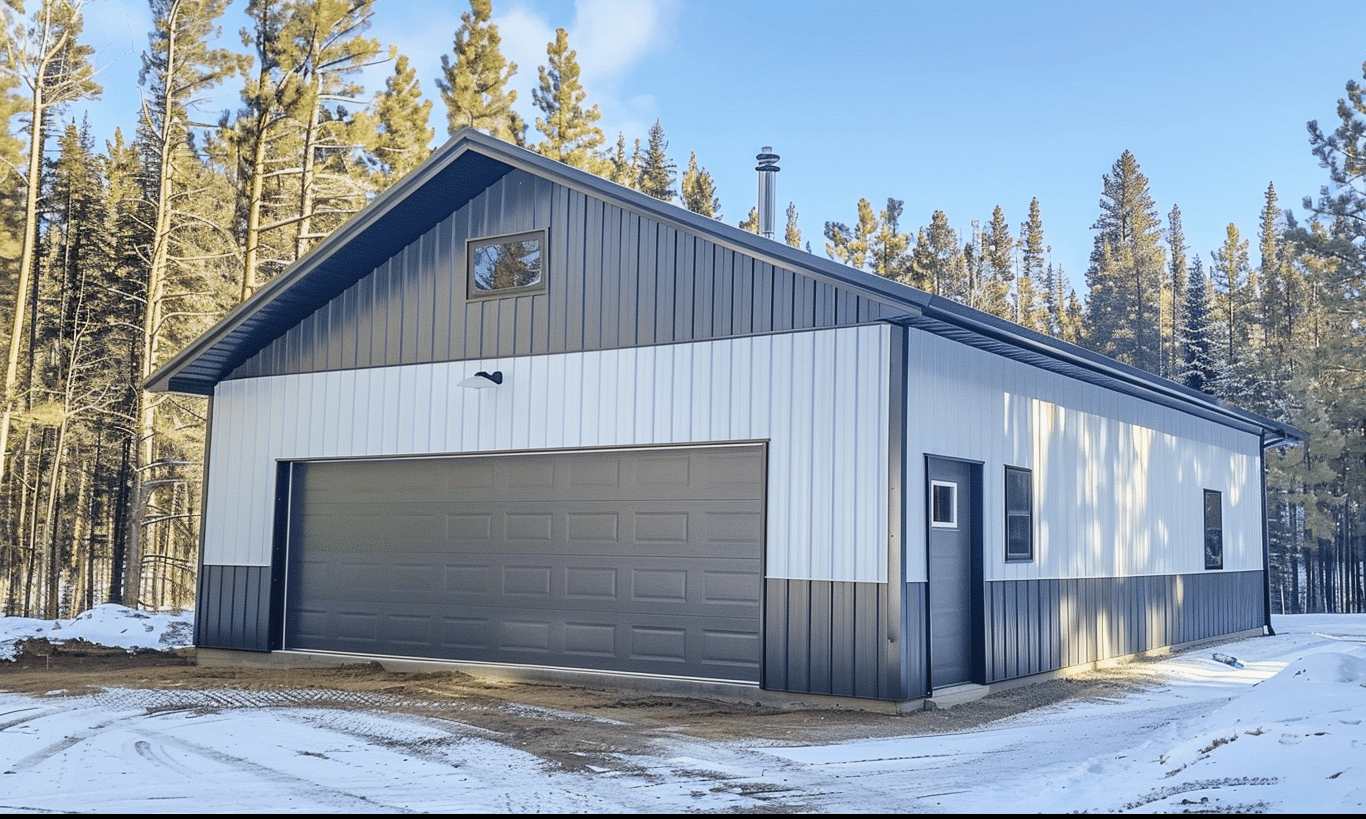When it comes to embarking on a building project, whether for residential or Commercial Steel Buildings, understanding the financial aspects is crucial. Metal building kits, with their growing popularity due to versatility and durability, bring cost considerations that are essential for any potential buyer. But what really goes into the pricing of a metal building kit? Let’s dive into this landscape and unearth the cost factors behind this construction choice.
The Breakdown of Metal Building Kit Costs
Imagine building a house of cards—each card represents a component that adds to the structural integrity and cost of the project. The same is true with metal building kits. By peeling back the layers, you can see what contributes to the overall pricing, allowing you to make informed decisions without hidden surprises.
Material Costs: The Backbone of Your Structure
The primary cost in any metal building kit is, unsurprisingly, the metal itself. The type and gauge of steel you’ll need could depend on factors like your location’s climate. High-quality, durable metal designed to withstand harsh environmental conditions generally comes with a higher price tag. Here, considering established HGTV Canada design advice can offer insights into selecting materials that add to both aesthetics and resilience.
Understanding Gauges
Steel gauges determine the thickness and are directly linked to strength and durability. Higher gauge numbers mean thinner steel, often less expensive and suitable for non-structural parts, while lower gauge, thicker steel is reserved for critical load-bearing components, impacting the overall cost.
Size and Design Complexity: Bigger Isn’t Always Better
One might think sheer size dominates cost determinants, but design intricacies can sway the budget. A simple rectangular design may be more cost-effective compared to a complex multi-faceted structure or one with elaborate aesthetics and non-standard shapes. Balancing functionality with simplicity could keep costs within reach without sacrificing your needs.
Customization Equals Cost
Customization adds flair to your kit, enabling it to meet specific functional and stylistic requirements. Additional windows, doors, or unique roofing could elevate metal building kit costs, but these are investments toward a tailored structure that fits your vision.
Location-Specific Influences
Several factors are dictated by the building’s final destination, which may not have crossed your mind initially.
Site Preparation
Your construction site itself comes with its own set of challenges that can affect budgeting. Considerations such as land grading, access to utilities, and foundation robustness are vital. Areas prone to snow or seismic activity, for instance, may necessitate special foundations or reinforcements, upping costs.
Delivery and Permitting
The delivery logistics can’t be ignored—distance, accessibility of your site, and the size of the delivery trucks can all tack on extra fees. Furthermore, variances in local building codes mean that necessary permits and inspections might add unforeseen costs, especially if your specifications are unique to your locality.
Industrial Steel Buildings Ontario provides a practical example of how local codes and rival building standards can drive up costs.

Hidden Gems: Incentives and Savings
Amidst climbing costs, it’s comforting to find potential savings by optimizing your purchase process. Just as an oyster hides a pearl, delve into these less-obvious opportunities for cost management.
Bulk Orders and Partnerships
Companies often offer discounts for bulk purchases or partnerships. Engaging services like Your Building Team could unlock advantages that ease the financial burden.
Energy-Efficient Design
Investing up-front in energy-efficient doors, windows, and insulation might increase initial spend but drastically reduce lifetime operating costs—a worthwhile consideration as operating costs over time can dwarf construction costs.
Grants and Tax Incentives
Government grants or tax incentives for energy-efficient and environmentally friendly builds can subsidize portions of your project, reducing overall financial strain. It’s worth checking eligibility for such initiatives with your local or national governments.
The Unseen Hero: Metal Building Components
Understanding Metal Building Components is essential to make savvy choices that save money. Components like purlins, girts, and insulation don’t just add structural value; they influence energy efficiency and ease of assembly, optimizing both costs and functional performance.
Conclusion
As we wrap up, it’s evident that the various facets of metal building kit costs can seem daunting but are quite navigable with the right insights. From material strength, design complexities, and location-specific factors to potential savings from incentives and partnerships, you’ll be well-equipped to manage your project costs effectively. Remember, the initial price tag may not be the full story. By understanding these core elements, you’re setting the foundation, not just for your building but for a financially informed and successful investment.










